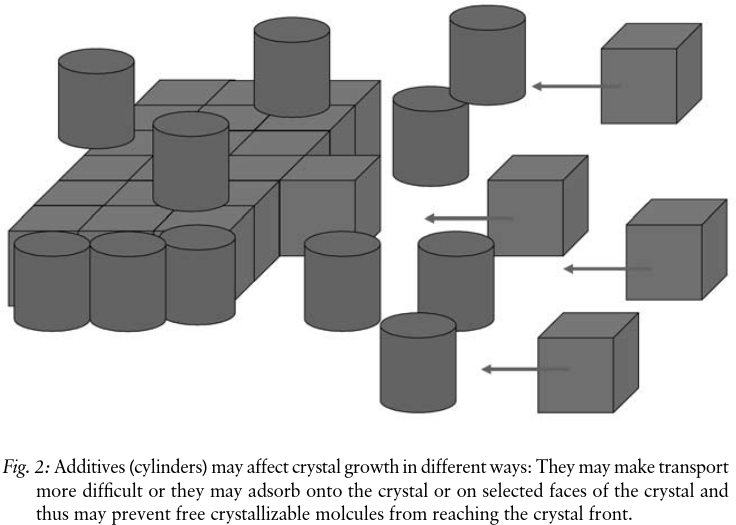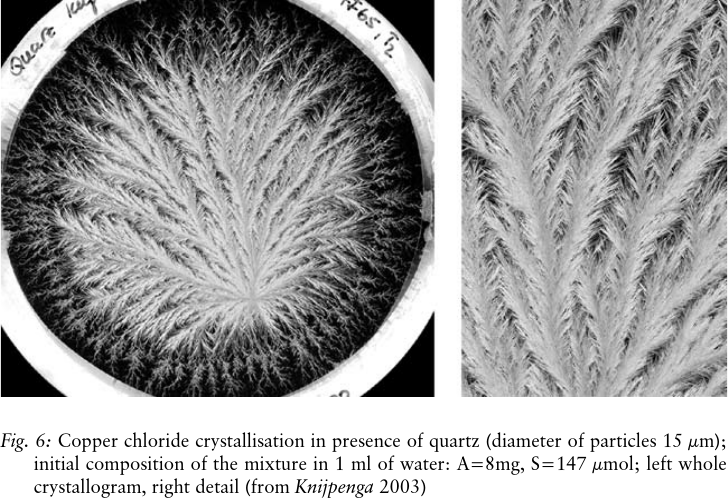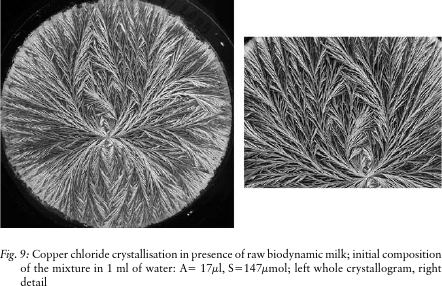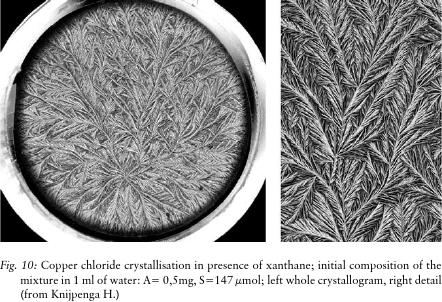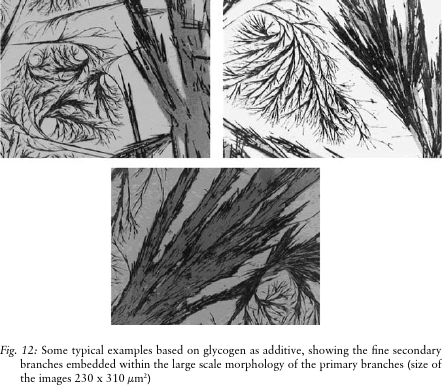Some general remarks on crystallisation in the presence of additives
Export Article Citation as
- Plain text
- BibTeX
- RIS format
- Download price : € 6.00
Abstract:
This paper summarises the basic physical principles of crystallisation, the fundamental equations which explain nucleation and growth kinetics as well as the effect of an additive on the properties of the system and the course of crystallisation. Application to the special case of a film comprising a copper chloride solution containing an additive is considered. This system is temporally and spatially heterogeneous. We also discuss the experimental factors, as well as the wetting phenomena in relation to the surface properties of the support, the speed of evaporation and convection phenomena. These factors should be controlled so that reproducible results can be obtained and thus allow new possibilities to arise regarding the predictive value of this technique.

